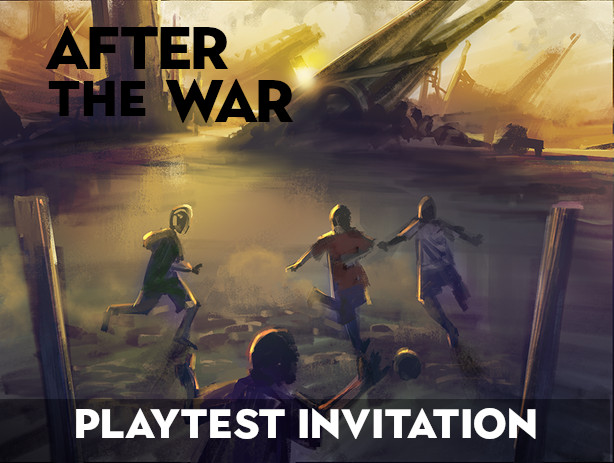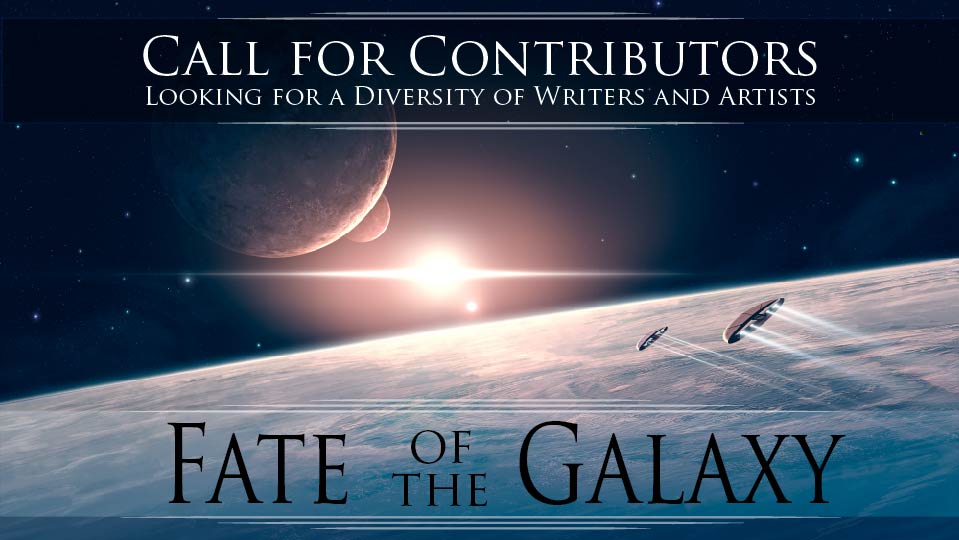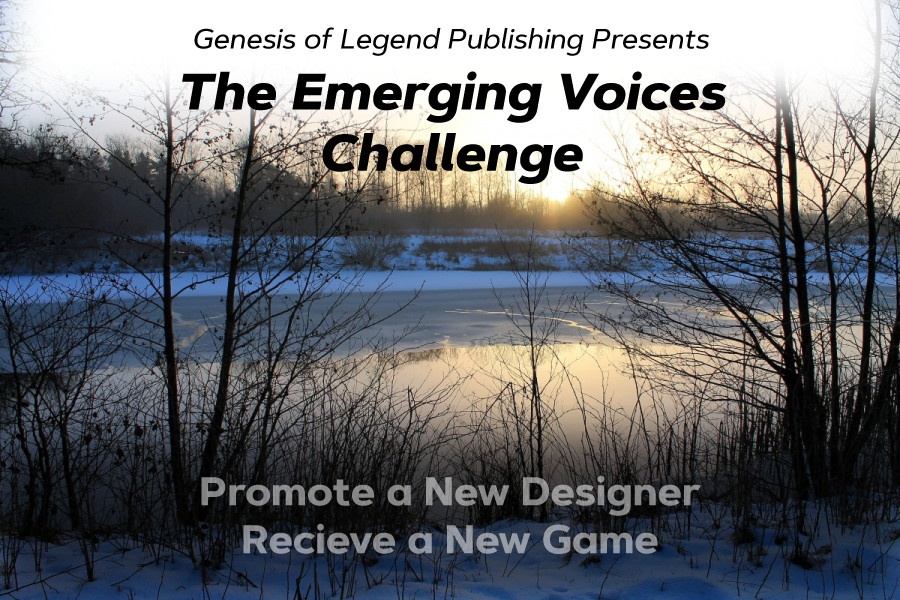Breakout Playtest Feedback
I ran two excellent playtest sessions of Circles of Power over at Breakout 2017. While the hour is late, I wanted to capture the most salient points and share them with the community.
Session 1 consisted of a group of the Wise who struggled against the ever-hungry Giants. The Burdened Community was forced, by the laws of the Dominant Society, to live outside of the great city walls. This meant they were the first to suffer from a Giant’s attack, and they were caught up with a misfired fireball. +Michelle Lyons-McFarland tried to conjure a water elemental to douse the flames, but a botched spell called forth a rage-filled fire elemental instead. She created a new spell to bind the fire elemental and send it to fight off the giants. Now, the errant fireball also severely burned the group’s illusionist, so +Alex Trépanier the necromancer created a new spell that transferred grievous injuries. This invariably led for the wound to be transferred to the necromancer’s brother, slaying him in the process. By the end of the session, they had convinced the dominant society to allow for the construction of a secondary wall around the burdened encampment, offering some measure of additional security for both parties.
Session 2 was far more grisly. The Doom consisted of flesh-burrowing abominations which puppeteer their victims. The Diviner tried to fight against the Doom by helping refugees from her Foreign community escape the carnage, and accidentally invited in seven infected hosts. The blind Evoker created a Force Scalpel spell for surgery to remove parasites, while the Transmuter invented vicissitude. There was a tense discussion on whether to use one marginalized group (The Native) to hunt down the infected hosts (from the Foreign), to prevent the hatching abominations from attracting the wrath of the dominant society. They discovered, by the end of the session, that the Doom was actually a marginalized group that was fleeing an even nastier threat. Granted, the people of the city were less pleased being the food, shelter, and clothing for these refugees.
Next post, I will discuss the feedback received from those games and lessons learned.
Breakout Lessons
As mentioned, I have gotten some excellent feedback with regards to Circles of Power at Breakout Con. I thought I would dig into it, both to solicit insight and to share my thoughts.
1) The spell lists need to be described more clearly. Circles of Power, and the spell system on a whole, revolves around the distinction of Drawbacks (negative consequences to avoid) and Enhancements (extra benefits to gain). The real challenge is that this distinction is not explored in other PBTA games. I need to do a better job of communicating this distinction, so that others can more easily understand how spell evolution works. The current version is usable and people figure it out after I run a session, but the text is clearly doing a poor job on this point.
2) The game currently produces exactly the desired emotional experience, which is a mix of schadenfreude, existential horror, and righteous anger. It seems that multiple people at Breakout listed Circles of Power as one of their most engaging games for that reason, and this mix works well. Specifically, the process of collaboratively customizing your horrific and oppressive society does a good job of reminding players who they are standing against.
3) The 7-9 result on researching a spell (at the interlude phase) falls flat. The intent was to replicate the frustration of poverty in a capitalist society, requiring the Wise to spend valuable favour with the dominant society if they want do to some research. It didn’t quite work out as well as I would hope, so I plan on reworking that.
4) There is a subtle and complex issue with the hierarchy of communities. The intent of this mechanic during setting creation, was to establish that marginalized communities often harm each other due to the hierarchical pressure of the dominant society. From the lens of the dominant society, the mechanic was perfect. The problem was that it also led to “oppression olympics”, which is problematic for several players. I would welcome feedback from others on this front, as I am still mulling over the issue.
One of the fine players +Megan Baxter from Breakout wrote up one of the sessions. Take a look at the fine account, if you want to find out more about the game.
http://smorgasbook.blogspot.ca/2017/03/the-week-in-stories-breakout-con-part-ii.html



